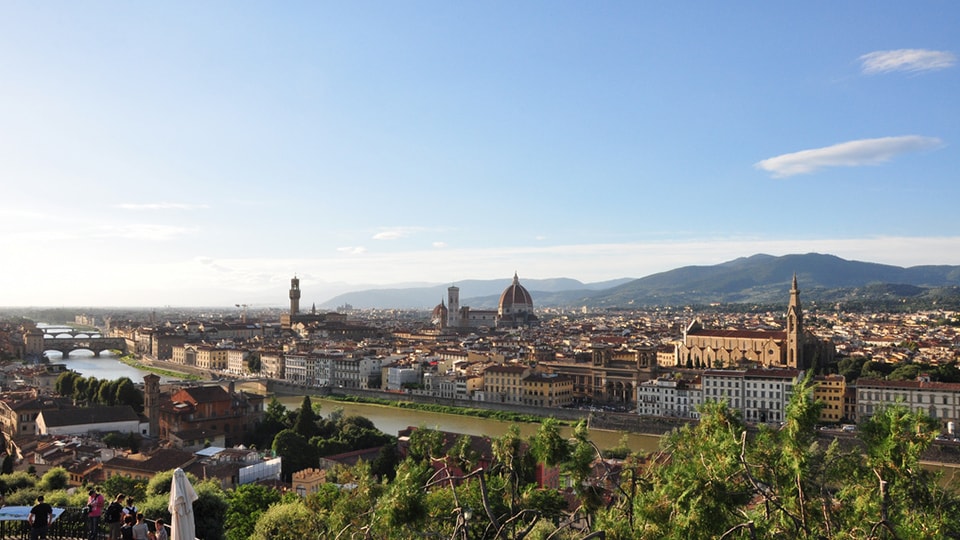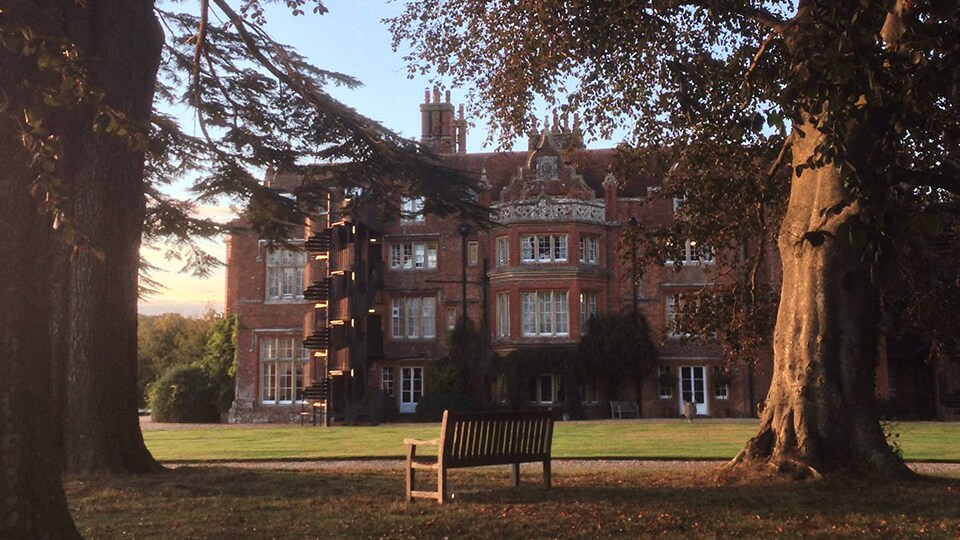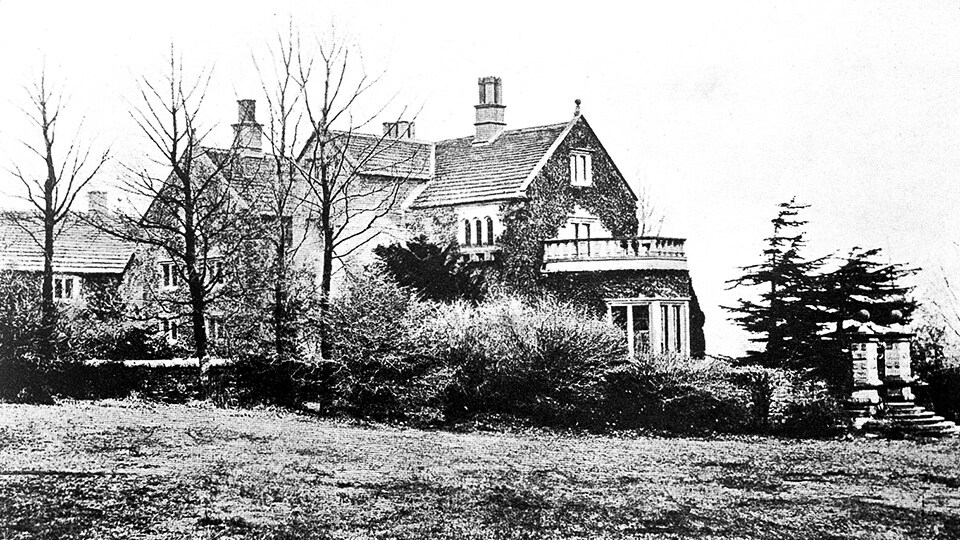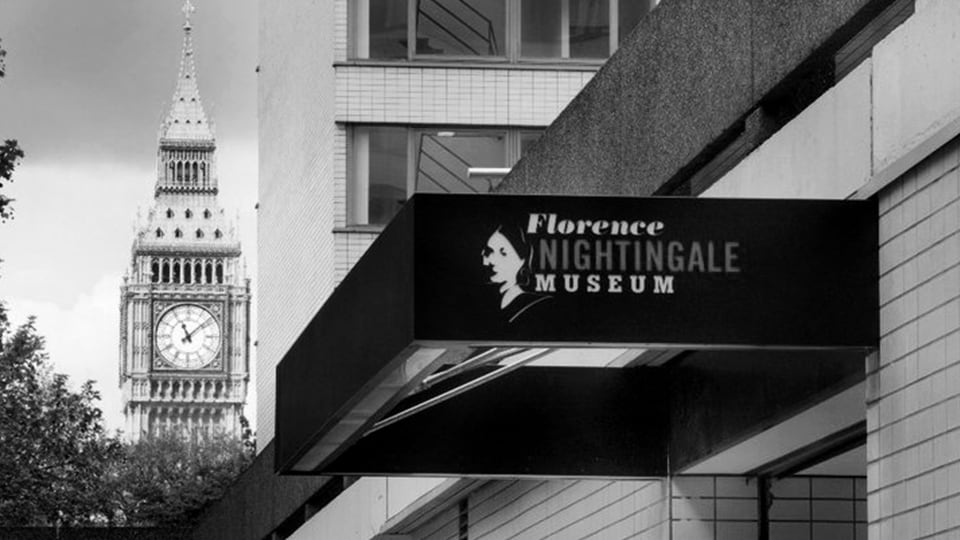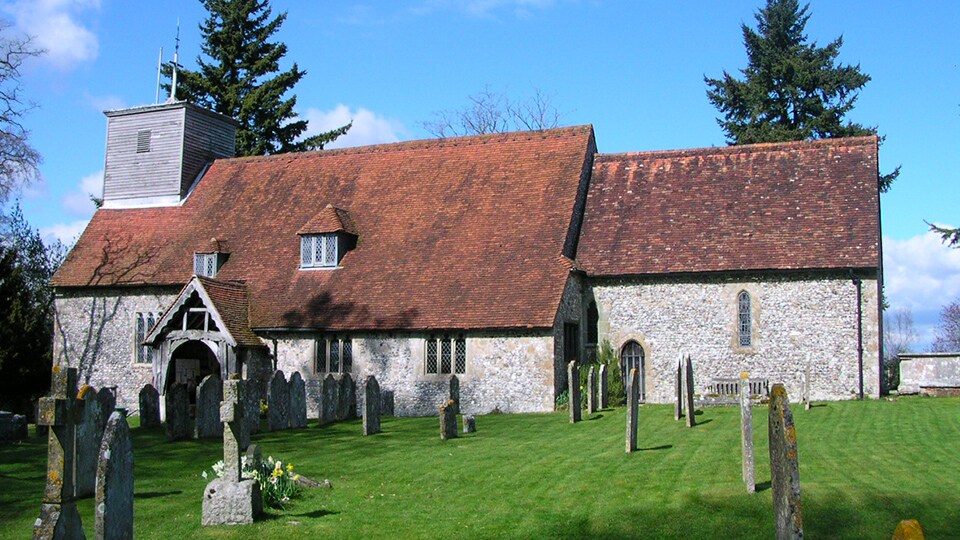Near and Far with Florence Nightingale
Come with us as we explore the legacy of Florence Nightingale and list the most significant locations in the life and times of the Lady with the Lamp.
-
1. Villa Colombaia | Florence
ItalyVilla Colombaia overlooks the city that gave Florence her name. Born here in 1820, her family moved back to the UK when she was only 5 years old. Now owned by "The Adorers of the Blood of Christ," only certain parts of the villa are open to the visiting public. Used as a hospital in World War I, the building and its beautiful gardens have now been restored and offer tourists from across the world a chance to immerse themselves in Florence’s birthplace. -
2. Embley Park | Wellow, Hampshire
United KingdomNightingale family winters were spent at the grand Embley Park. Relatively sheltered from the worst of the British weather, the 4,000-acre estate was said to have offered "good shooting" and was within easy reach of London. The family used Embley to wine and dine society’s intellectual elite, something Florence loathed, but the connections she and her family made here contributed to her later work. Now a private school, Embley Park still features reminders from Florence’s time here. -
3. Lea Hurst | Matlock, Derbyshire
United KingdomFlorence’s second childhood home was also her favourite, and she fondly referred to Lea Hurst as "a small house with only 15 bedrooms." After her work in the Crimean War put her in the spotlight, Florence retreated here for privacy. The house stayed in the family until the 1940s, when it was sold and became a home for the elderly. After another private sale in 2006, artefacts from Lea Hurst were sold to the Florence Nightingale Museum. Visitors to the area can still see much of the estate by strolling along the Florence Nightingale Trail. -
4. Uskudar | Istanbul
TurkeyFlorence was sent to Üsküdar’s Selimiye Barracks (then known as Scutari) in 1854 to tend to soldiers wounded in the Crimean War. The conditions she found at the hospital were appalling and death rates astronomical. Describing the unsanitary wards, she wrote that patients were "covered with filth to a degree and of a kind no one could write about; their persons covered with vermin." Determined to lower mortality rates, she set about cleaning the wards. This reduced the death rate by 60 percent and lead to her being known as the "Angel of the Crimea." The hospital still stands in Üsküdar and is used by the First Army as its Peace Headquarters, though visitors can tour a museum dedicated to Florence in the Northwest tower. Security is high, as the barracks are still used as a military base, and visits must be booked in advance. -
5. Florence Nightingale Museum | Lambeth Palace Road, London
United KingdomPossibly one of the more unusual items on display at this museum is Athena, Florence’s pet owl. Saved when she saw the creature fall from its nest in Athens in 1850, the owl was lovingly cared for until Florence had to leave for the Crimean War. Sadly, the Nightingale family failed to care for Athena in the same way, and she soon passed away. Devastated, Florence had her beloved pet stuffed and it was kept on display at Lea Hurst until 2006. The remainder of the museum’s collection covers objects from Florence’s life, including the very lantern she used in the war that lead to her being dubbed "The Lady with the Lamp." -
6. St Margaret's Church | East Wellow, Hampshire
United KingdomFlorence passed away at the rather impressive age of 90. Her efforts in Scutari and subsequent work in healthcare reform made her a heroine and a national funeral was offered to her family, including a burial at Westminster Abbey. Respecting Florence’s wishes, they politely refused and laid her to rest in the family plot in East Wellow, near the Embley estate. A monument in the churchyard still stands showing her initials and the dates she was born and died. Her legacy, however, continues.
